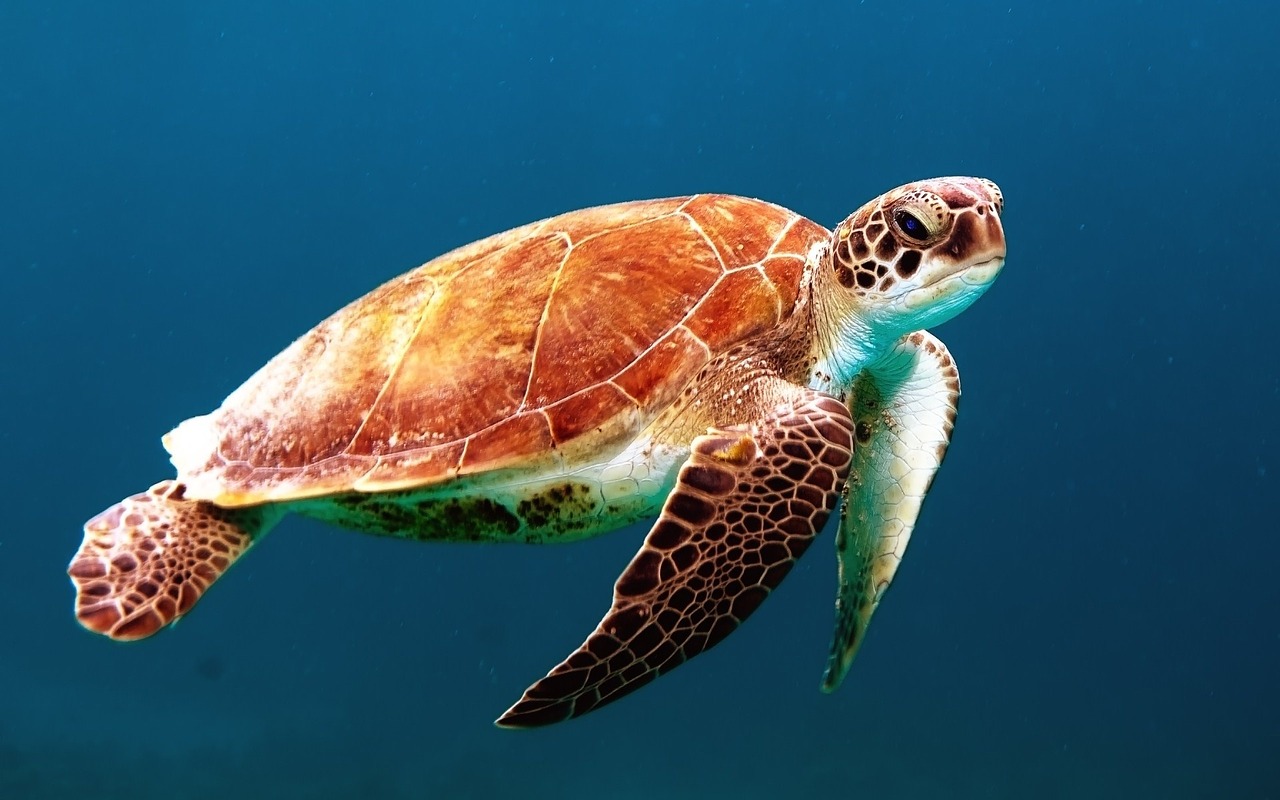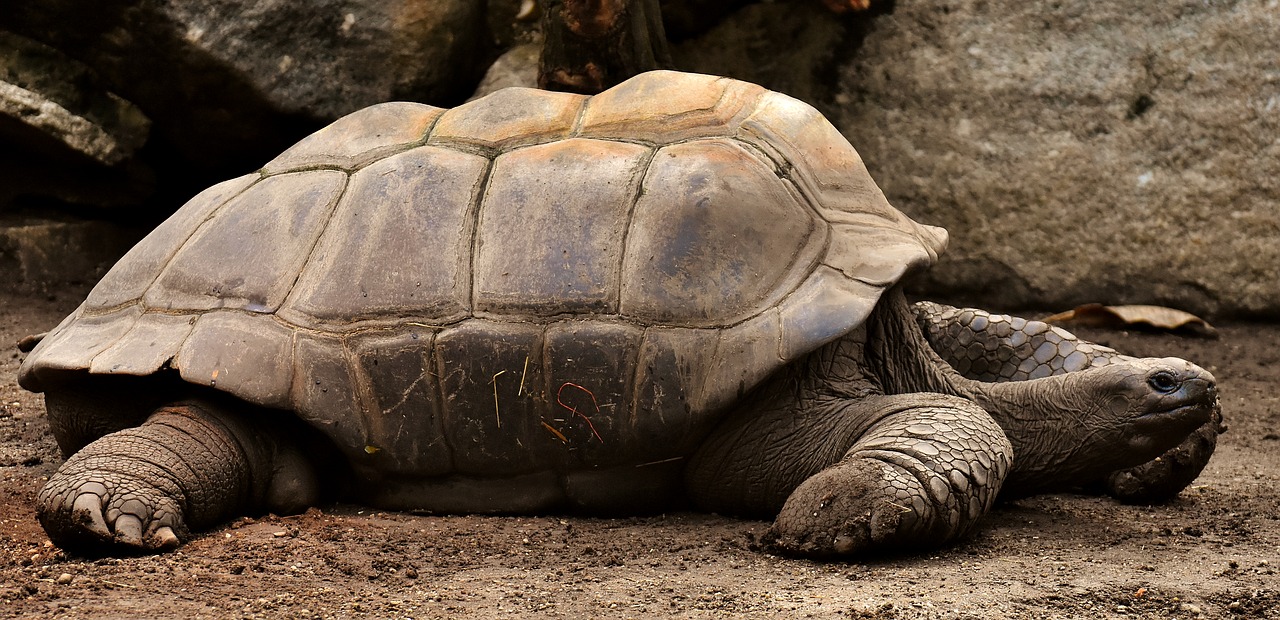Turtles versus tortoises: They look alike, but how similar are these creatures?
While both turtles and tortoises are reptiles from the order of Testudines, they are in different classification families and therefore have differing features

This one is a turtle!
The most obvious distinction between tortoises and turtles is where they live: tortoises are land dwellers, whereas most turtles reside in or around water. Although both have bodies protected by a shell, a turtle’s shell is lighter and flatter to prevent it from sinking and more streamlined to help it swim, while a tortoise’s shell is larger and heavier and shaped like a dome to protect it from predators.
Turtles also have webbed feet to aid swimming, while tortoises possess stubby feet for walking across various terrains. Their habitats inevitably mean their diets differ too. Tortoises tend to be herbivores, whereas turtles are omnivores, feasting on vegetation as well as small fish and insects.

And this one is a tortoise!
However, a key similarity is that both species lay their eggs on land. A female turtle will leave the safety of the water to lay her eggs before quickly returning to the sea: her hatchlings have to make the dangerous journey to the sea alone. Tortoise hatchlings, however, stay with their mother for about 80 days. The lifespan of a common turtle is around 20–40 years, but green sea turtles can live for around 80 years or more. A tortoise’s lifespan is longer, averaging 80–150 years.
This article was originally published in How It Works issue 107, written by Sarah Bankes
For more science and technology articles, pick up the latest copy of How It Works from all good retailers or from our website now. If you have a tablet or smartphone, you can also download the digital version onto your iOS or Android device. To make sure you never miss an issue of How It Works magazine, subscribe today!




